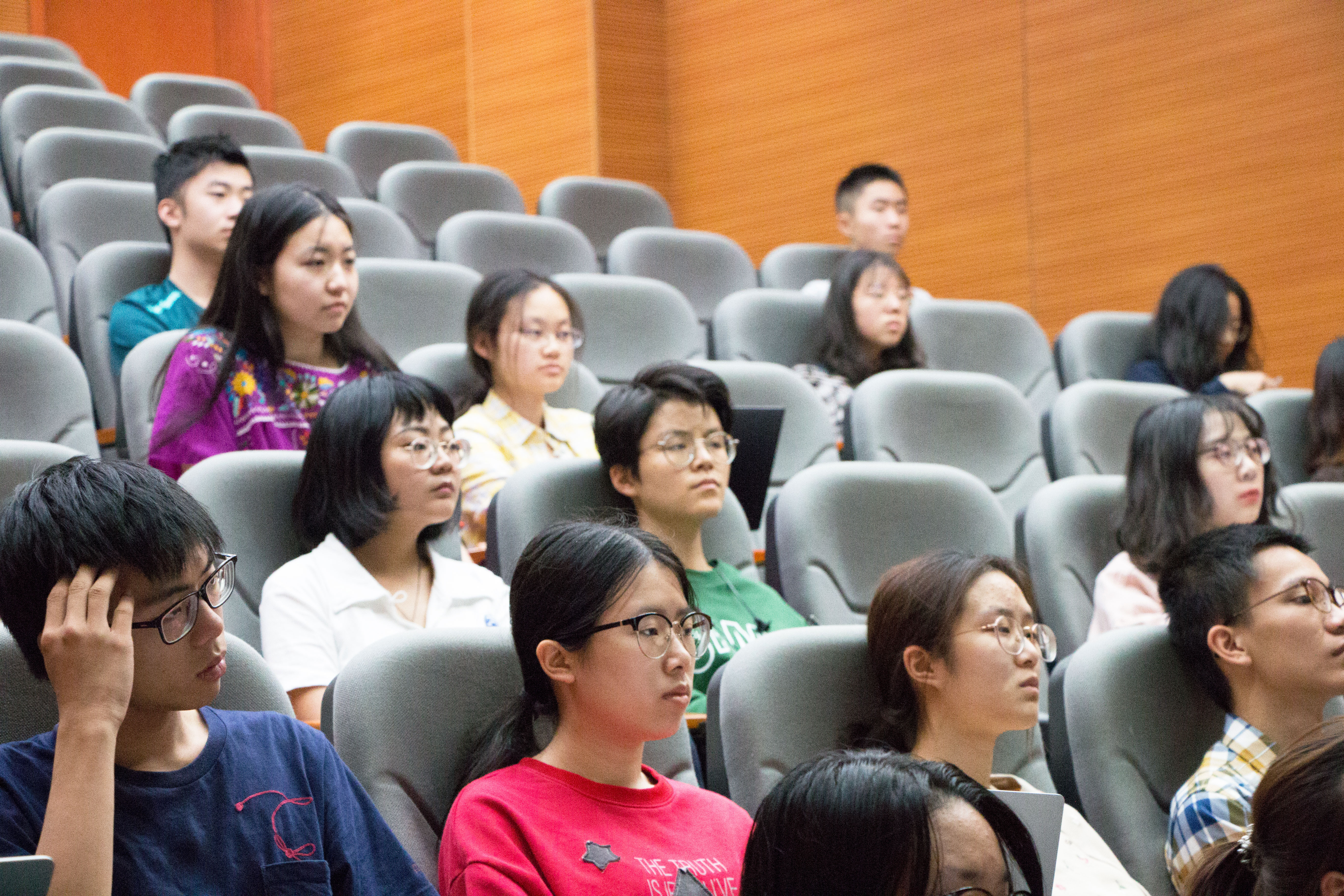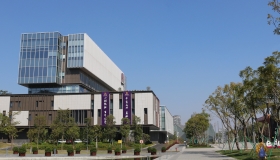The Female Lyric “I” of Male Poets in Medieval Galician-Portuguese Cantigas de Amig
Dr. Zhou is currently a Junior Fellow at the Society of Fellows in the Liberal Arts, Southern University of Science and Technology (SUSTech). She specializes in modern poetry and poetics in English and Portuguese, with broader interests in poetry in Romance languages and Sino-Western comparative poetics. She has conducted archival research and published several articles, book reviews, and essays. Besides, Dr. Zhou has experimented with poetry translation and translating between Chinese, English, and Portuguese.

Early Galician-Portuguese lyric is known as cantiga, being one of the main traditions of medieval European lyric poetry. Dr. Zhou first gave the audience an overview of the history of the Iberian Peninsula through a short video clip of the ethnic-linguistic map. She clearly illustrated how cultural evolution and integration gradually formed the topic of Cantigas de Amigo.
There are three major genres of cantiga: “Song of Love,” “Song of a Friend,” and “Song of Satire and Slander”. Dr. Zhou selected some typical poems accompanied with English translation to help us better understand different features of these genres.
The talk mainly focused on the most original and peculiar genre, "Songs of a Friend", which is “Cantigas de Amigo” in Portuguese. Male poets, including Dom Dinis, Martim Codax, and Mendinho, usually compose in women's voices, describing male characters from a female perspective. A distinct metric going through the whole poem, the final sentence of each section repeats progressively in similar rhythms and melodies. The stories are told tortuously like ocean waves under innocent, simple topics.

Why were the poems written in the female voice? Dr. Zhou analyzed this question and made some explanations. According to the ethic-linguistic map, the Iberian Peninsula had been experiencing the most significant social revolution in medieval Europe, as well as the literary transformation. Local dialects that had been used only by the uneducated or female started to be considered valuable as a result of the awakening of indigenous consciousness. Those native, verbal words and songs began to be recorded in written forms, while Latin had been the only language of writing in the past. Moreover, cantiga were performances for upper classes that required “actresses”. Nobles were interested in local, natural culture which were strange to them, seeking for satisfaction to some extent.
With this background, male poets developed a way of composing in female voice to compensate for the lack of male traditions. Different from the previous characters, those fictive female images were created out of male's imagination, catering for male audiences. They sometimes lift men to such a ridiculously high status that women should live depending on man, which reflects the male narcissism. In their imagination, females were restricted to some fixed figures: ideal, innocent, or noble, according to the aesthetics of social mainstream. Cantigas didn't have strong emotions, expressing something lost in heart. They revealed the humans’ inner thoughts of pursuing self-perfection.
Dr. Zhou left a chain of open questions. Had there been any females indeed writing this kind of poem? Had the real female voices been covered up by "faked" females created by males? Had there been any possibility of males expressing themselves through their work?

At the end of the lecture, Dr. Zhou shared some musical pieces from modern rendition and fado interpretation of cantigas to contemporary Brazilian music as an extension. In beautiful melodies, students aired their views actively from different aspects, ranging from feminism to female images in Chinese poetry.
Students appreciated the lecture so much that a big round of applause broke before it ended. Through Dr. Zhou’s introduction, the peaceful cantigas and deep meaning behind them brought the audiences a feast of literature and art.




